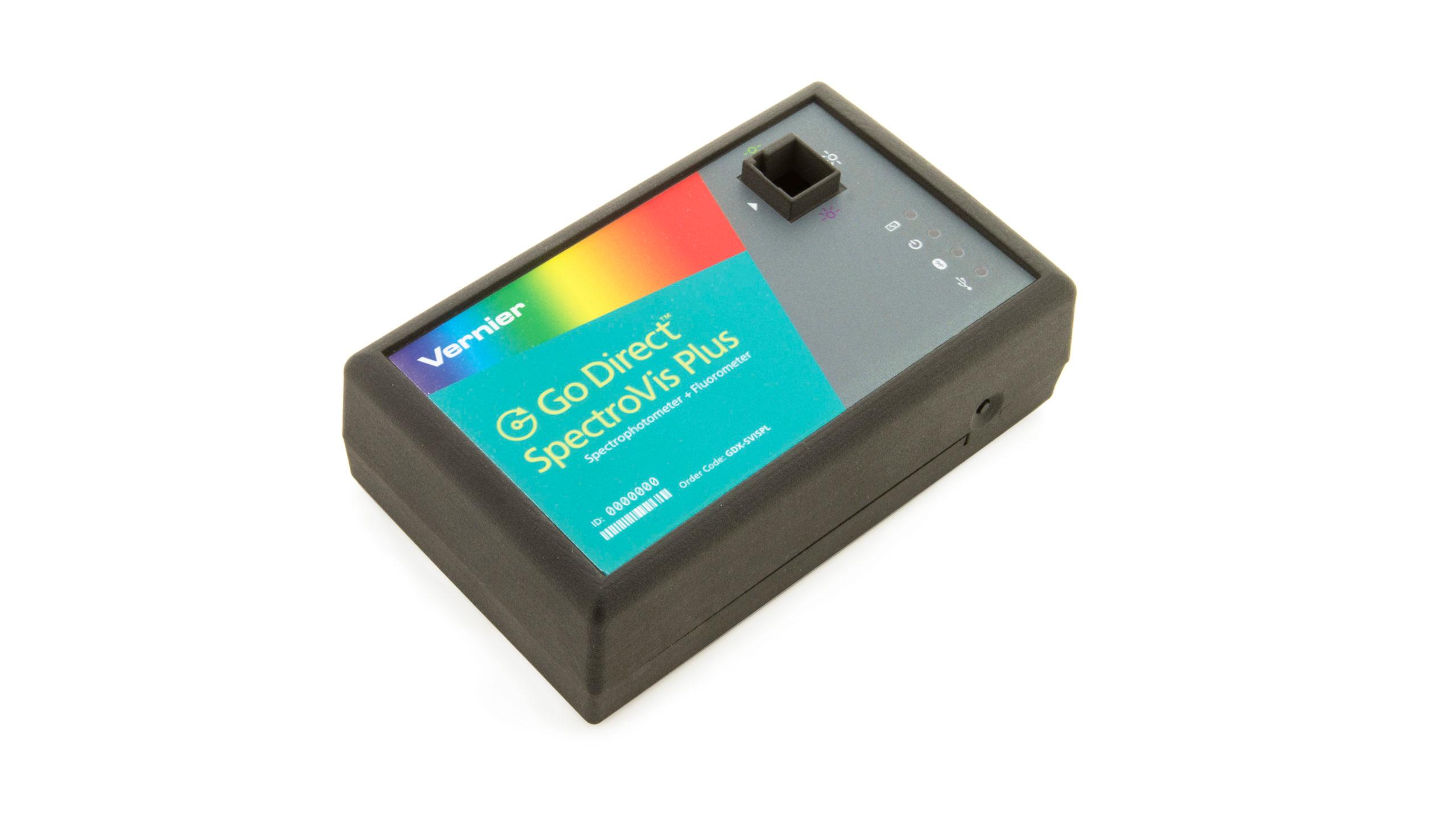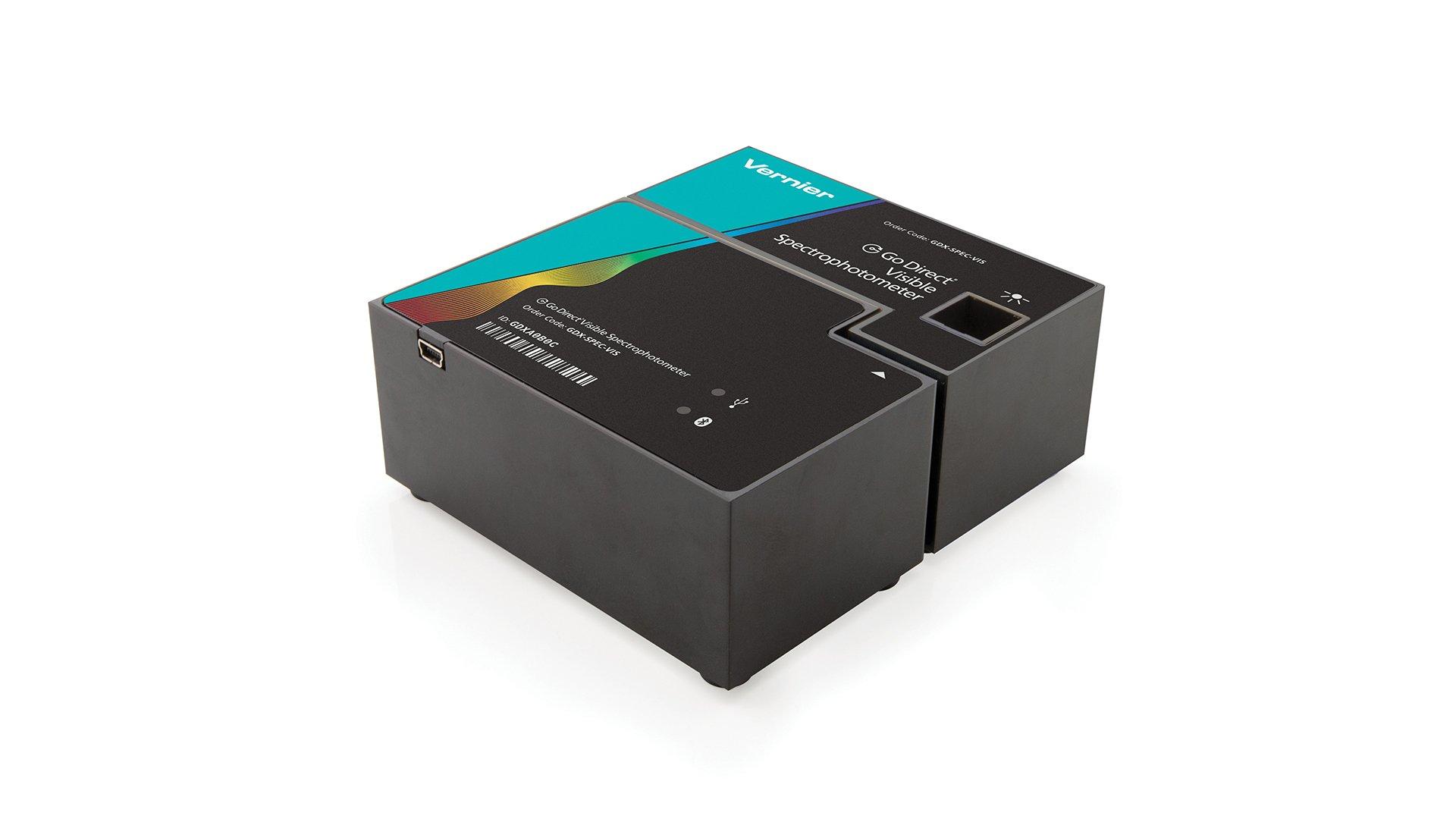
Introduction
Plants contain many different molecules directly or indirectly involved with photosynthesis, which may also impart color to the plant. The mixture of chlorophyll molecules found in spinach, for example, absorbs several wavelengths of visible light, with distinct absorbance peaks in the blue range (400–500 nm) and in the yellow-red range (600–700 nm). The combination of visible light that is not absorbed appears green to the human eye. Chlorophyll contains a porphyrin ring in its structure with a magnesium ion in the center. The porphyrin ring accounts for much of the molecule’s light absorbance. Chlorophyll is found in the thylakoid plate of a plant chloroplast.
Carotenoids, accessory pigments produced in chromoplasts, are associated with many colors observed in vegetation. There are hundreds of different types of carotenoids. Carrots get their color, which is often orange but is not restricted to orange, from carotene. Carotene is a family name for several compounds that also go by the name terpene.
Another type of carotenoid phyto-pigment is called anthocyanin. The purplish color of a red cabbage and the rusty red of the flesh of a blood orange are a result of the presence of anthocyanins, which also have the property of changing color with changes in pH. Anthocyanins absorb UV light, which is used by plants to perform two important functions: to attract insects, which augment pollination, and as a “sunscreen” to protect the other parts of the plant cells such as DNA from harmful UV radiation.
Chlorophyll is a fluorescent substance. Fluorescent substances can absorb light of one wavelength and then reemit a new and longer wavelength of light. As can be seen above in Figure 1, chlorophyll absorbs light in the violet and blue regions of the visible spectra. If a violet or blue light is shined through a sample of spinach extract, the solution turns red in color. The intensity of the red color is an indication of how much chlorophyll is in the sample.
Objectives
In this Preliminary Activity, you will use a SpectroVis Plus spectrophotometer to determine and analyze the visible light absorbance spectrum of spinach extract. You will also determine and analyze the fluorescence spectrum of the same spinach extract sample. In fluorescence spectroscopy, a sample can be “excited” with a chosen wavelength of light and the resulting fluorescence from the sample can be measured and quantified.
After completing the Preliminary Activity, you will first use reference sources to find out more about plant pigments, visible light spectra, and fluorescence before you choose and investigate a researchable question dealing with visible light spectra and/or fluorescence spectra of plant pigment. Some topics to consider in your reference search are:
- plant pigment
- visible light
- spectrophotometer
- visible light spectrum
- chlorophyll
- carotenoids
- anthocyanin
- fluorescence
Sensors and Equipment
This experiment features the following sensors and equipment. Additional equipment may be required.
Correlations
Teaching to an educational standard? This experiment supports the standards below.
Ready to Experiment?
Ask an Expert
Get answers to your questions about how to teach this experiment with our support team.
- Call toll-free: 888-837-6437
- Chat with Us
- Email support@vernier.com
Purchase the Lab Book
This experiment is #14 of Investigating Biology through Inquiry. The experiment in the book includes student instructions as well as instructor information for set up, helpful hints, and sample graphs and data.



